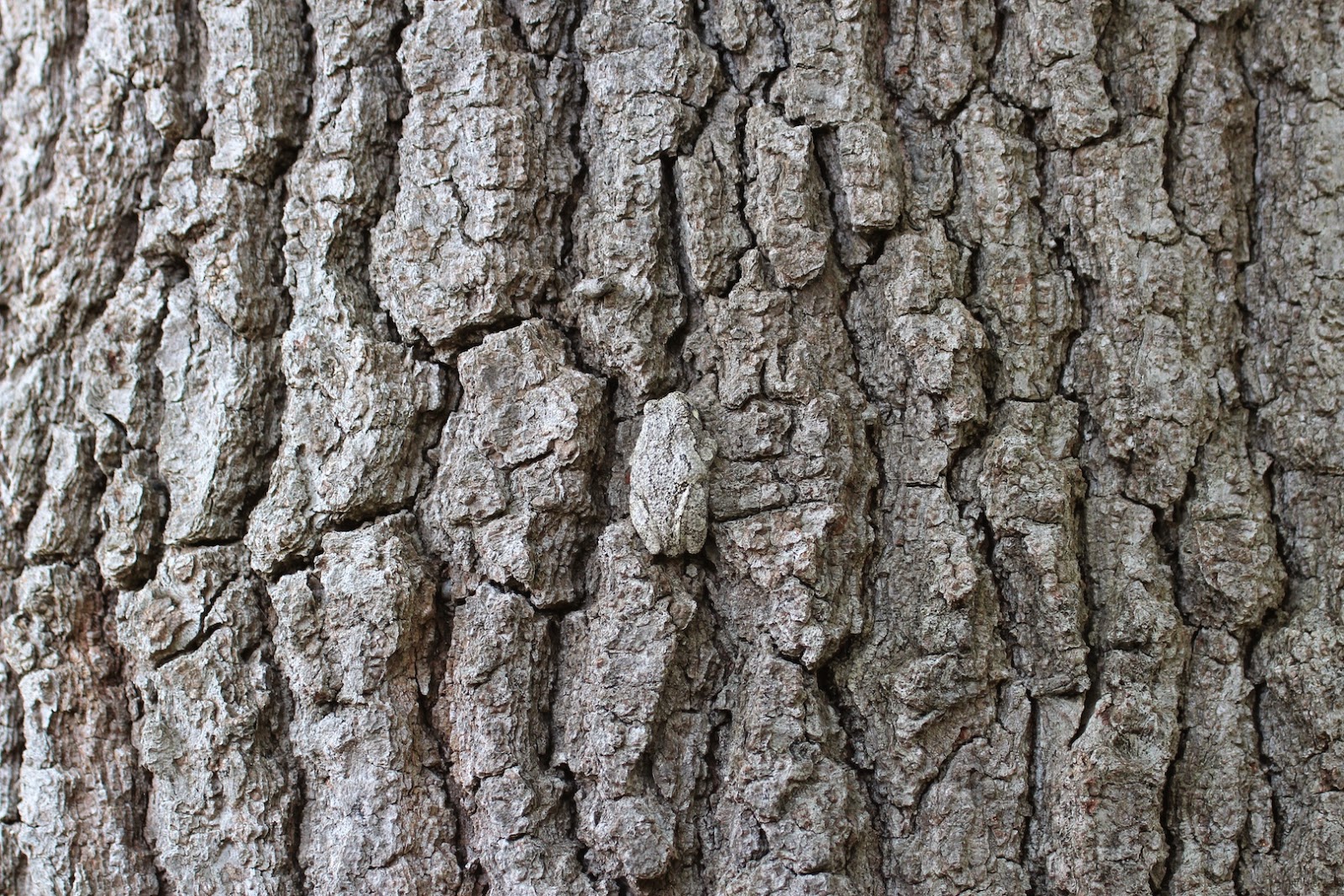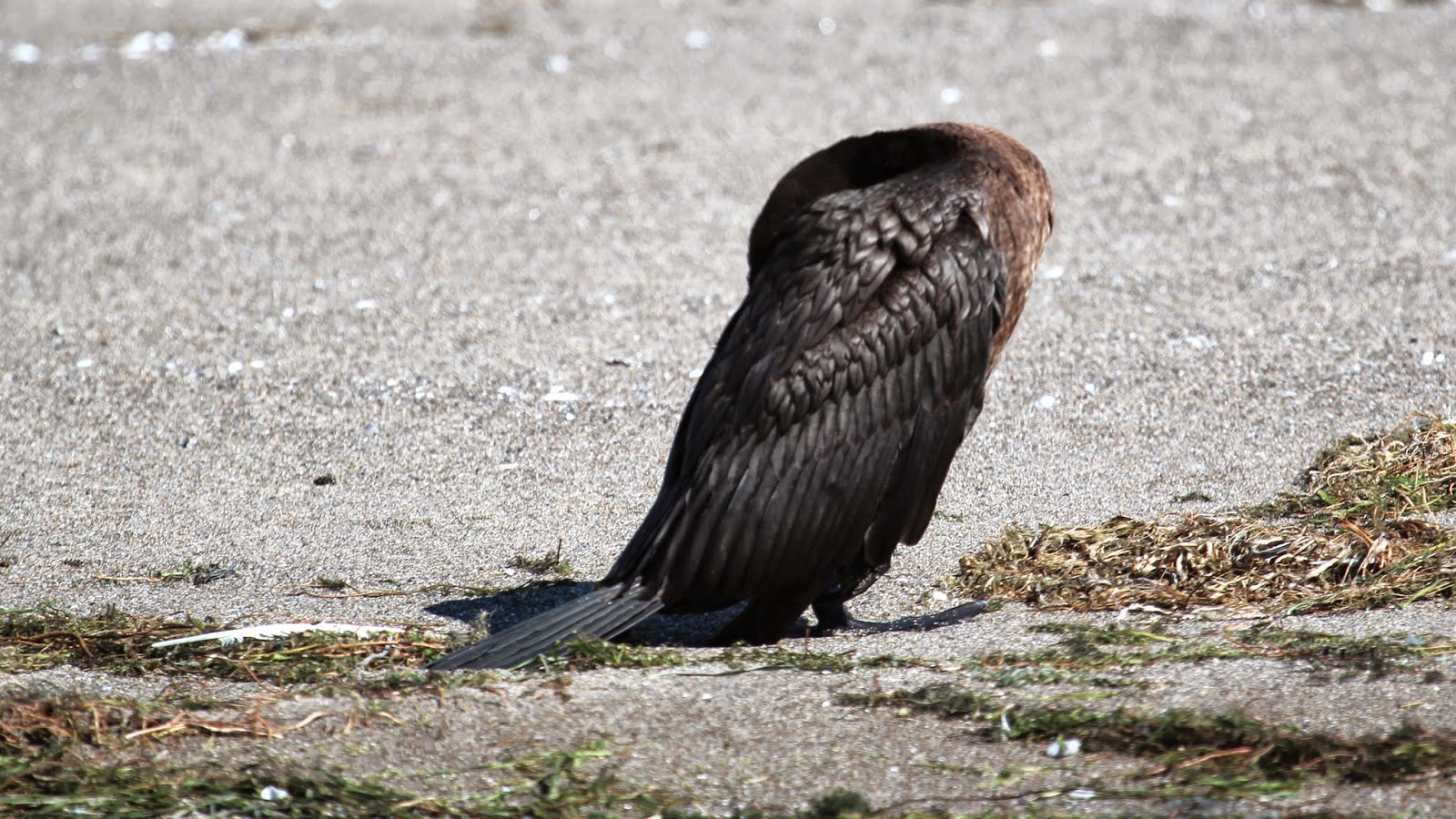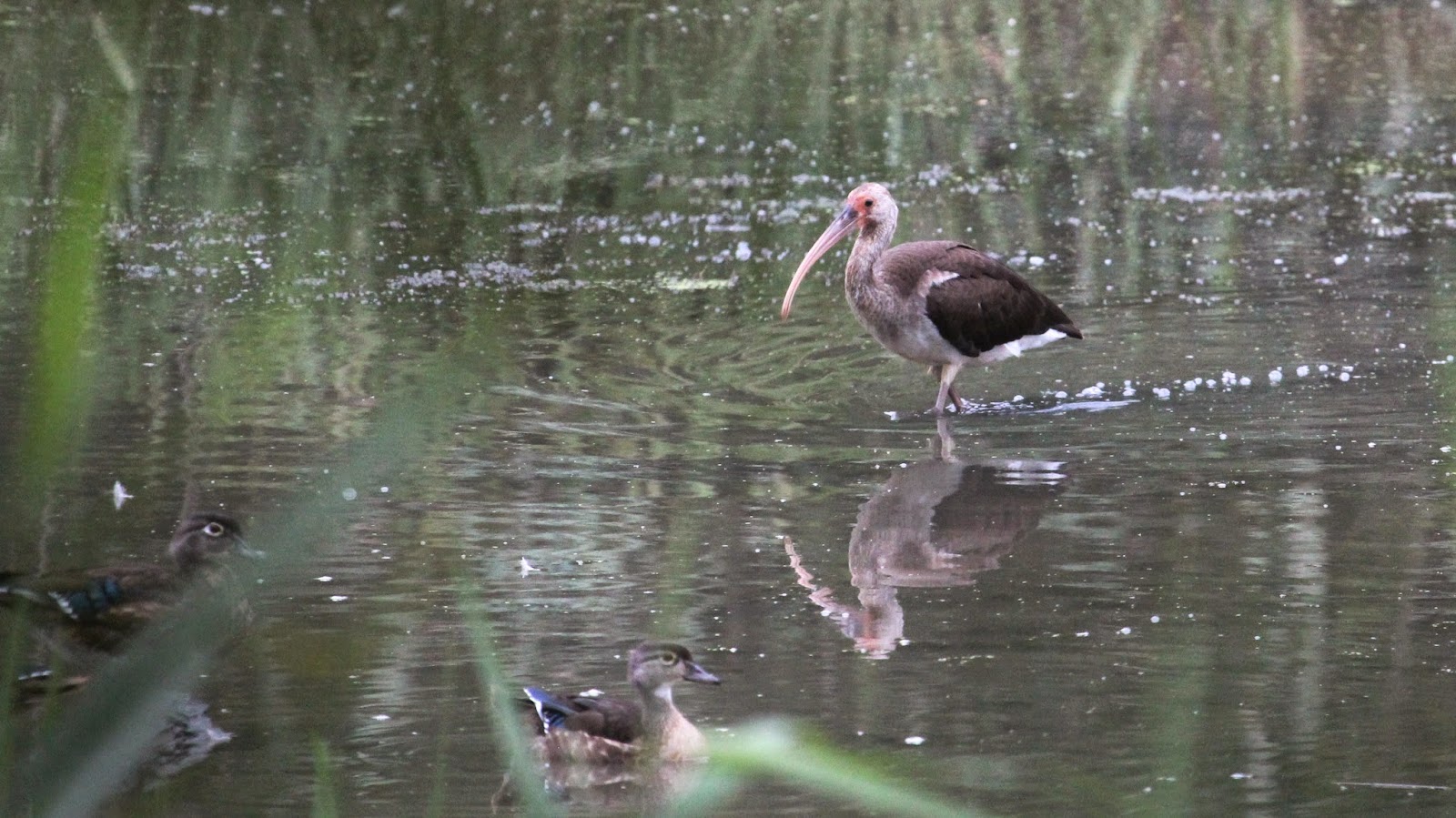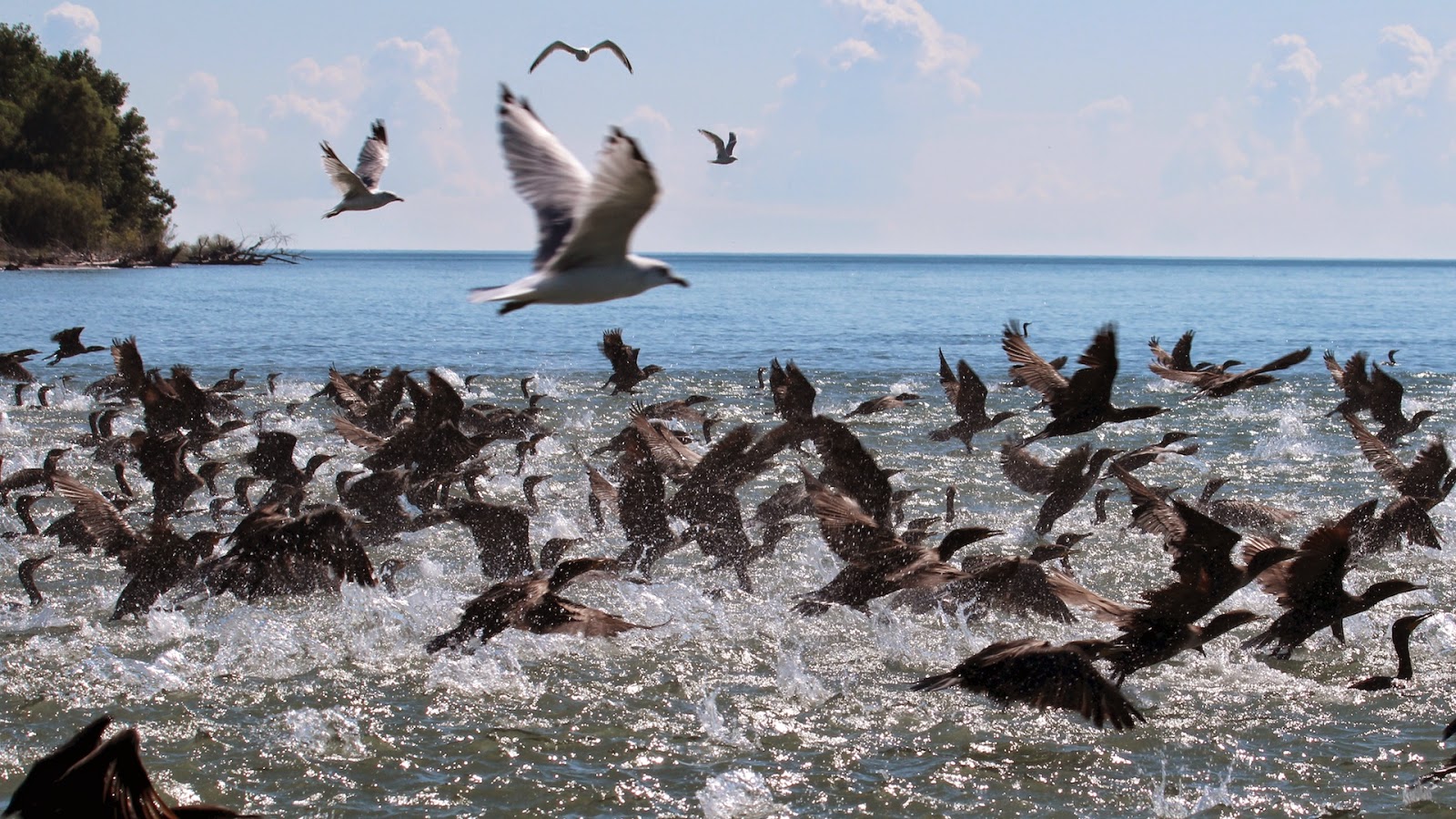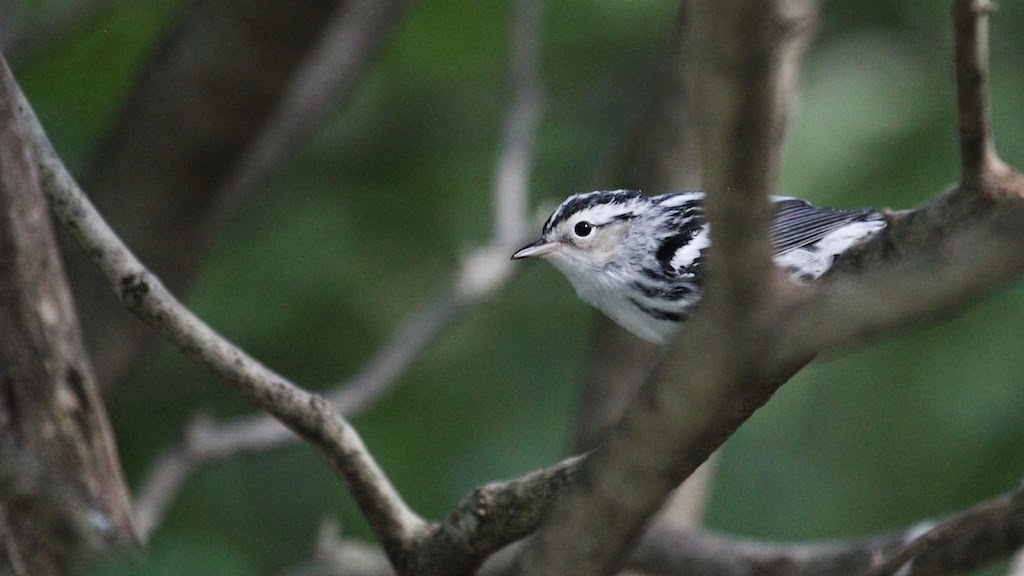I hope so, I worked very hard on it. What, you don't know what a fascinator is? Ok, it's just a silly hat. According to the Wikipedia, the font of all internet knowledge this is the description of a fascinator. A fascinator is a headpiece, a style of millinery. The word originally referred to a fine, lacy head covering akin to a shawl and made from wool or lace, but mostly feathers. In the modern usage, it refers to a woman's alternative to hat for formal attire; it is usually a large hair decoration on a band or clip with elaborate trimmings and decoration like a formal hat and it can incorporate a base to make it a miniature hat. The bird, an American goldfinch. Spinus tristis Goldfinches are among the strictest vegetarians in the bird world, selecting an entirely vegetable diet and only inadvertently swallowing an occasional insect. As of May 2007, the oldest known American Goldfinch was 10 years 5 months old.


